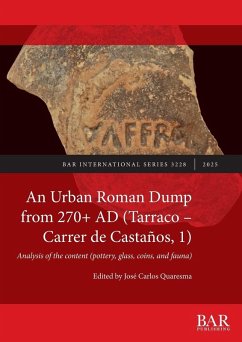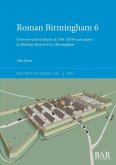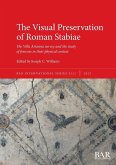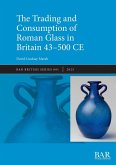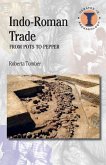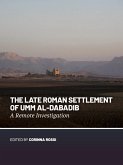The second half of the 3rd century AD raises typological questions of enormous interest for understanding processes of economic transition just prior to further changes under the Tetrarchy. Carrer de Castaños, 1 provides an enormous context, consisting of a refuse dump formed from around 270 AD. It includes almost 14,000 sherds of terra sigillata, cooking ware, amphorae, lamps, and unguentaria with 80 different regional/archaeometric origins. It therefore constitutes a reference point for a typo-chronological understanding of ceramics in circulation across the western Mediterranean during the latter parts of the 3rd century. Supported by quantification of types and subtypes, several ceramic morphologies are subjected to fresh chronological discussion. This book also presents and discusses different categories of finds (glass, coarse ware, coins, and fauna) to obtain a complex picture of consumption trends and a more secure idea of the chronology of the refuse dump.
Bitte wählen Sie Ihr Anliegen aus.
Rechnungen
Retourenschein anfordern
Bestellstatus
Storno

